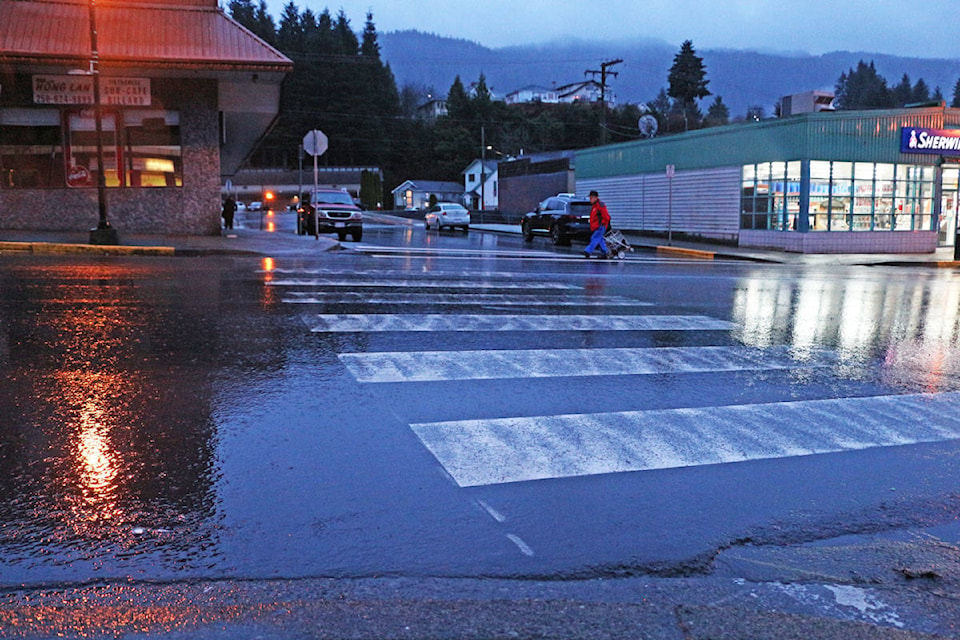Editor:
Re: The Tragic Story of Road Safety in B.C. and Canada
I am hoping the following will assist residents of Prince Rupert in understanding the extent of the problems on our roads, not simply as they relate to pedestrians using 2nd Avenue, but to all road users. As we shall see, pedestrian safety is but a part of a much larger problem with road safety.
READ MORE: Six pedestrians hit on crosswalks along Second Avenue West
THE STORY
In short, the story to which I refer concerns the on-going carnage occurring on our roads and the fact the public is so poorly informed (educated) on matters concerning road safety. The World Health Organization advises: “Of all the systems that people have to deal with on a daily basis, road transport is the most complex and the most dangerous.”
READ MORE: Rupert man on a mission to promote road safety with our youth
In spite of this statement and the importance of education in our society, most schools in BC and Canada do not have a well-designed road safety educational program in their curriculums. Those responsible for road safety commonly only identify the hazards resulting from inappropriate behaviour and refuse to inform the public of the numerous hazards inherent to the design, operation and maintenance of our roads or of the full extent of the hazards resulting from adverse road and weather conditions.
ROAD SAFETY TODAY IN B.C.
It is sobering to briefly review the current situation with road safety in B.C.
Collisions on B.C.’s roads have increased 23 per cent between 2013 and 2016.
ICBC has incurred costs exceeding $5 billion in 2016, related to insurance claims, and is now in the process of increasing insurance rates.
Speed limits, which are fundamental to road safety, are increasing in B.C., not decreasing.
Speed limits are not being properly enforced to the extent that, at least on our highways, the posted speed limits have become, in reality, the minimum speeds to be driven, not the maximum.
It is now the law that motorists driving at the posted speed limit must pull over to allow vehicles exceeding the speed limit to pass.
Transport trucks, which already occupy virtually the full width of traffic lanes, continue to become longer, wider and heavier while travelling at ever increasing speeds.
In spite of the complexities of road safety, those agencies responsible for road safety have for decades failed to properly identify the full extent of the hazards that exist on our roads, all to the detriment of the safety of our children.
ROADSAFETY B.C.
RoadSafetyBC is identified as being “the lead provincial government agency responsible for road safety in BC.” On its website, RoadSafetyBC declares: “As a leader in road safety our vision is to have the safest roads in North America and work toward an ultimate goal of zero traffic fatalities.” Although this vision may sound good, it is far from portraying a realistic appraisal of road safety in BC. As such RoadSafetyBC’s vision statement is misleading, dishonest, hollow and without substance.
SUMMARY
It is for the above noted reasons that the undersigned strongly recommends a well-designed road safety educational program be implemented in our schools. I offer as a guide for such a program the book “Staying Safe on our Roads: The Small Margin for Error.” This book addresses the hazards on our roads for all road users, such that the reader will come to understand how to reduce the risks of being involved in a traffic collision.
I hope this is helpful to putting into perspective the recent incidents involving pedestrians in Prince Rupert.
Brian Denton
Prince Rupert
newsroom@thenorthernview.com
Like us on Facebook and follow us on Twitter
